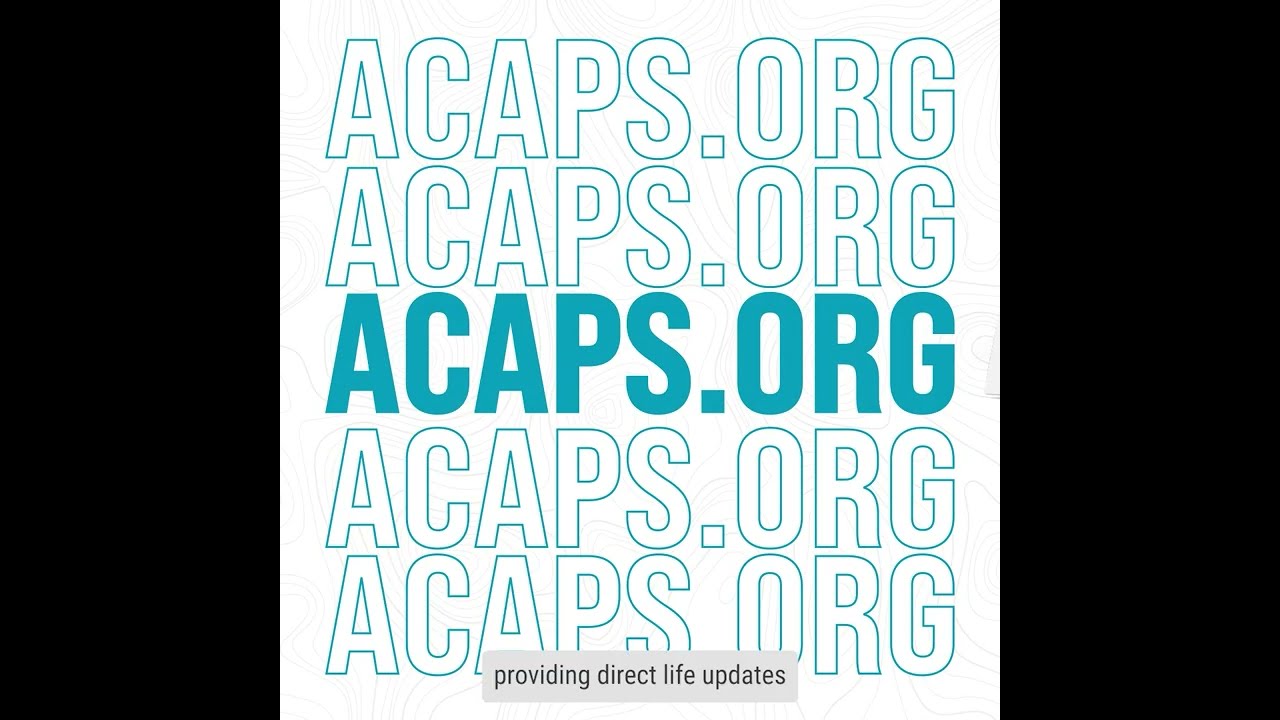ACAPS works towards remaining free from the bias or vested interests of any specific enterprise, sector, or region. We are not affiliated with the UN or any other organisation or agenda.
We continue to evolve and innovate while keeping agility at the core of everything we do. We adapt to the circumstances.
NO OPERATIONAL BIAS, WE MAINTAIN EDITORIAL CONTROL
At the core of the humanitarian endeavour lies the conviction that all people affected by disaster or conflict have the right to receive protection and assistance and live with dignity. This belief springs from the principle of humanity – the idea that all human beings are born free and equal in dignity and rights. Humanitarian action is also informed by the principle of impartiality, meaning that response must be equitable to those in need.
When we started the project in 2009, ‘ACAPS’ stood for ‘Assessment Capacities Project’. At that time, our team primarily focused on undertaking field needs assessments and producing needs assessment tools. Although we still offer assessment-related services, our core activities today centre around providing humanitarian data and analysis. To avoid confusion, we no longer spell out our name.
No fear of change,
we fail forward
Our team
The ACAPS team comprises more than 100 professionals from around the world, reinforced by a pool of experienced consultants. We share and strive to maintain the values of agency, candour, integrity, diversity, evolution, ambition, and collaboration in everything we do.


